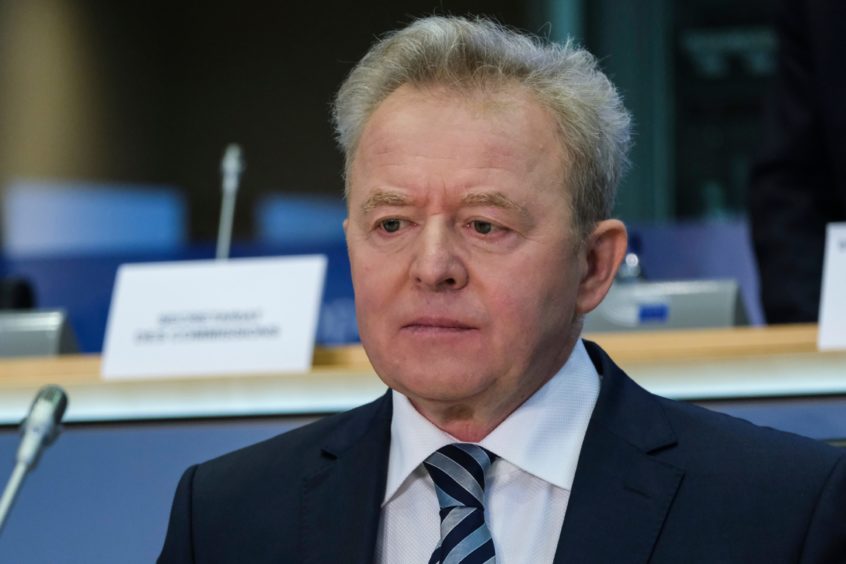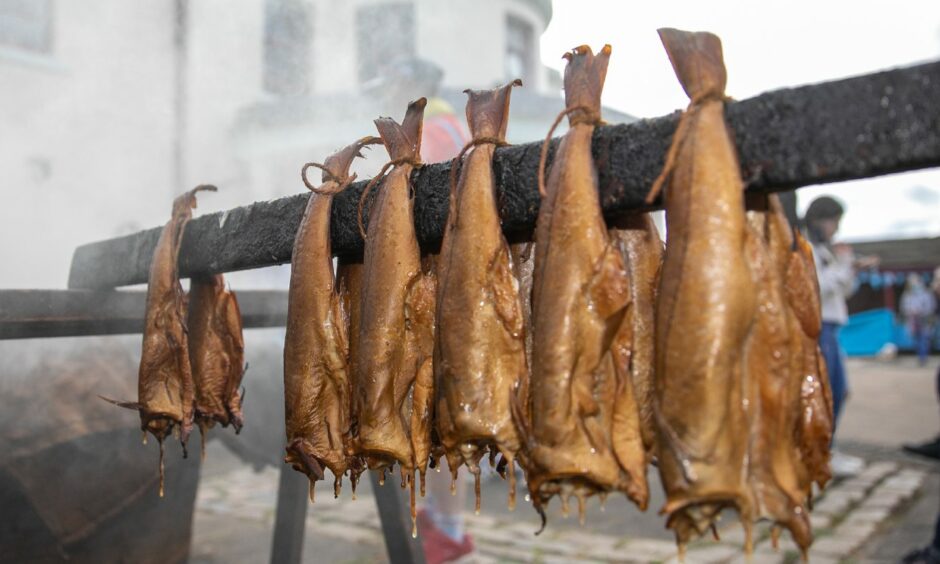EU farmers are now officially into the new Common Agricultural Policy (CAP).
There is a one year transition period until the new regulations are fully implemented to replace the policy in place since 2014.
The policy is based around the Farm to Fork strategy to tackle climate change via a carbon reduction programme in both agriculture and food processing. However the foundation of the policy remains direct payments, which are now conditional on a third of payments being in return for environmental delivery.
This offers EU farmers income stability through to 2027, and while farm lobby groups have criticised the green demands of the plan it is less draconian than feared and keeps the focus on food production, with green outcomes or by-product of conventional agriculture.
The European Commission has launched its new rural pact to bring greater coordination to the implementation of policies to tackle problems in these areas.
Those identified include the loss of young people to urban areas, poor digital access, poor transport and – above all – lack of economic activity.
The aim is to coordinate EU, national and regional programmes and find ways communities can learn from successes elsewhere, part of a wider commitment to close the economic gap between rural and urban areas.
This remains a major problem across Europe despite a commitment in the founding principles of the then EEC to eliminate this.
Meanwhile, the UK is now out of the EU’s globally recognised protected geographical indicator (PGI) scheme.
It has been replaced with a UK-only scheme that offers no protection for products outside Great Britain, meaning it remains to be seen whether it can have any commercial impact.
In a review of these schemes the European Commission says they have achieved the goal of improving returns and fairness for farmers and food producers, but that in some member states still needs to be done to boost consumer recognition of the scheme and products.
The report also warns that development of the scheme is being hindered by the slow process to get products accepted and registered.
The EU now has over 3000 registered PGI products.


